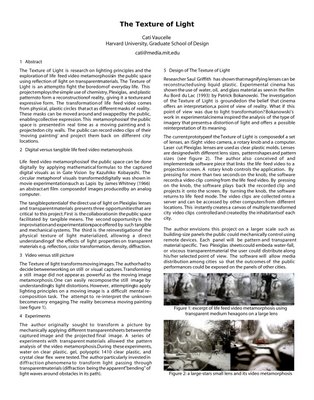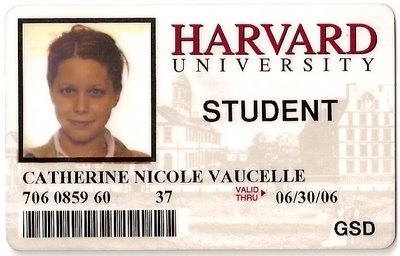If you’re new here, you may want to subscribe to my RSS feed to receive the latest Architectradure’s articles in your reader or via email. Thanks for visiting!
This semester, I took the Advanced Drawing class in the Landscape Architecture department at the Harvard Graduate School of Design taught by Anne McGhee.Today was the review and I presented my assignments, class exercices and my final project in front of a jury including oil painting artist Marian Dioguardi, visual historian Camila Chaves Cortes, architect Katherine G. Stifel and professors from the Design School. The general comment is that I can take anything banal and make it beautiful, expressive and attractive… What a compliment! But does it mean I don’t master the technical skill to reproduce reality? Well I am still working on it…
What a surprise when, after reviewing my work, the artist Marian Dioguardi asked me to buy one of my hetching, an exercice on Piranesi.
More pictures of my drawing are coming soon …
In drawings










